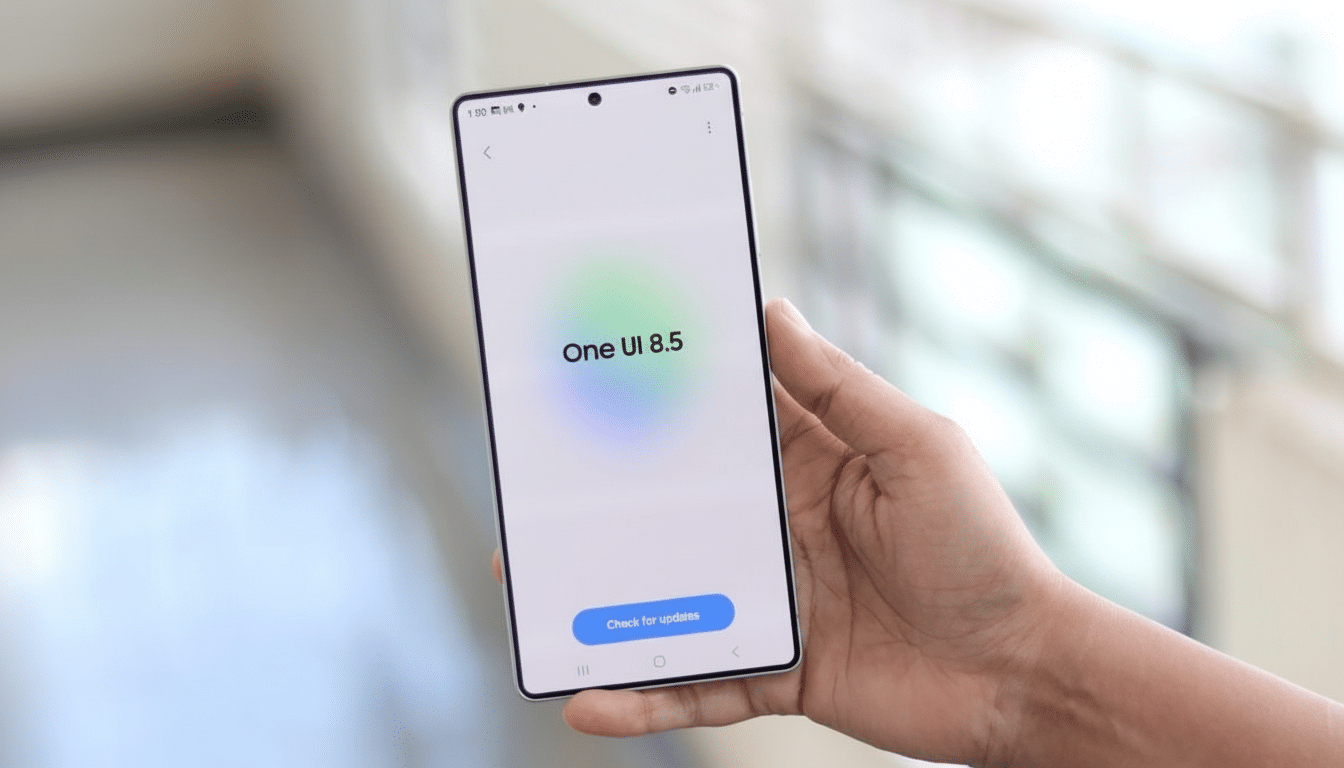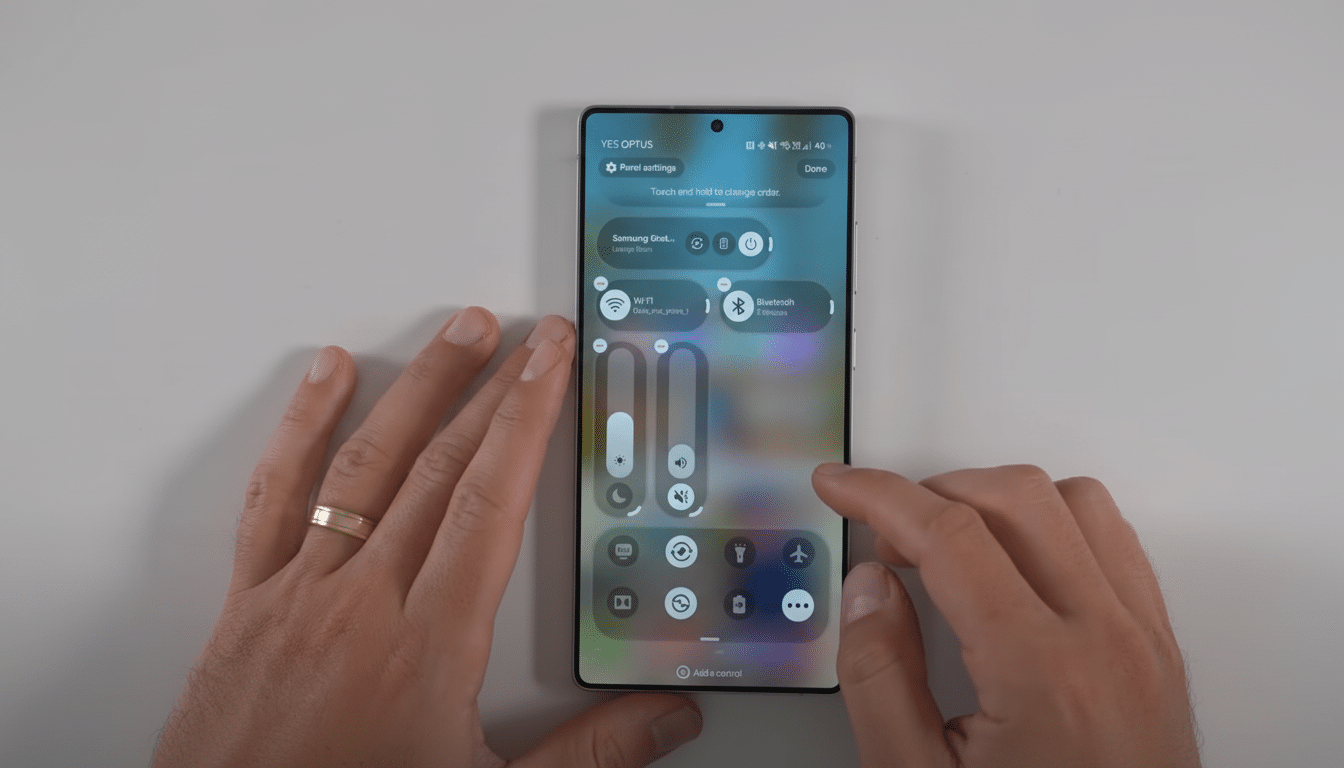Samsung's upcoming One UI update looks set to transform the way alerts are shown on your lock screen, with AI notifications that automatically categorize and prioritize information taking center stage. Early evidence indicates it is clever and privacy-conscious, but also fraught with caveats that could irk multilingual users and owners of older devices.
How Notification Summaries Work on Samsung One UI 8.5
In test versions of One UI 8.5, summaries are created based on the last 24 hours in your notification history, bundling together the day’s flotsam and jetsam into a digest you can glance at briefly. And the crucial thing here is that processing seems to be occurring on the device, not up in the cloud. That jibes with Samsung’s overall shift toward on-device AI — good for privacy and latency, as your data does not leave the phone and you should see results faster.

Summarization and prioritization seem tailor-made for drawing attention to that mystic knot of priority messages while drowning out the noise, in a manner reminiscent of the scheduled summaries feature Apple added to iOS. The system is going to elevate alerts from your important people and key applications while rounding less-urgent updates into a digest view.
Language Support and the Multilingual Dilemma
The most obvious constraint is language. The feature set will be constrained to a specific list at launch — Level 1 partners will be able to subtitle in:
- English
- French
- German
- Hindi
- Italian
- Japanese
- Korean
- Polish
- Brazilian Portuguese
- Russian
- Castilian Spanish (Spain)
- Simplified Chinese
- Bosnian
- Croatian
- Czech
- Danish
- Dutch
- Flemish
- Greek
- Bulgarian
- Latvian
- Lithuanian
- Norwegian
- Estonian
- Finnish
- Swedish
- Indonesian
- Tagalog
- Vietnamese
Just as significant, the AI function operates in only one language at a time — the phone’s default system language.
That design decision may disappoint bilingual homes and global professionals. If you’ve got your device configured in English, but are getting updates on WhatsApp or Telegram in Spanish or Hindi, there would be no briefings via non-default-language notifications. And contact-based prioritization, which in theory should be language-agnostic, seems to get mapped rather hard — in settings at least — to the default language.
Real-world example: a user in Paris who speaks with her family in French and colleagues in English may find only one side of her day’s messages distilled into a digest. For such a widely international platform, limiting support for only one active language is quite the compromise.
Possible Device Requirements for On-Device AI Features
Local AI inference isn’t trivial. The summarizer is probably dependent on improved neural processing units, so support may be restricted to recent flagships. The complete experience should target phones equivalent to the Galaxy S23 or later, meaning that NPUs are robust enough to accommodate multi-sentence context without sacrifice of performance or battery life.

Take Samsung’s recent push of Galaxy AI features to its latest and select midrange devices, with the backports coming in later — the company shows us a pattern for how this could happen. If history is any indication, midrange models and great devices of yesteryear could receive a leaner feature set or be excluded altogether (at least in the initial wave).
AI Scam Detection Hints Point to Call Protection
Strings seen in the build indicate that AI-based scam detection is coming too. The feature mentions the possibility to detect suspicious voice conversations through technology powered by KT, which points to Samsung using its own call audio analysis on-device and flagging voices that sound similar to fraudulent or fake speech. A Korea-first release is not out of the question with the KT reference already, as long as the system gets adjusted for local languages.
The timing is apt. The US Federal Trade Commission noted over $10 billion in losses due to consumer fraud last year, and voice scams are a growing problem worldwide. Proactive, on-device alerts could provide a critical safety net, particularly if the model can learn to differentiate authentic callers from synthetic voices.
What Users Should Expect from One UI 8.5 Summaries
There’s a clear promise for the vast majority of users: cleaner notification trays and faster triage. But there are practical steps to take into account. If you often message in more than one language, your device’s default system language will influence what does (or doesn’t) get distilled. Turning the phone’s language to match your main messaging language might provide better fidelity — but that is a clumsy workaround.
On-device AI also means workload and power drain. Today’s NPUs are efficient, but once you have to build for a daily digest of 24 hours of alerts, they could introduce some background processing. Samsung should resolve that with some scheduling and power management, but if you update early, pay attention to your battery trends.
Bottom line: One UI 8.5’s notification summaries look well-considered and private by design, but they're hamstrung at launch by a lack of language support as well as likely hardware constraints. Should Samsung grow the number of languages it can process simultaneously, and make more phones compatible in the future, this could go from a neat feature to an everyday essential for significantly more people.

